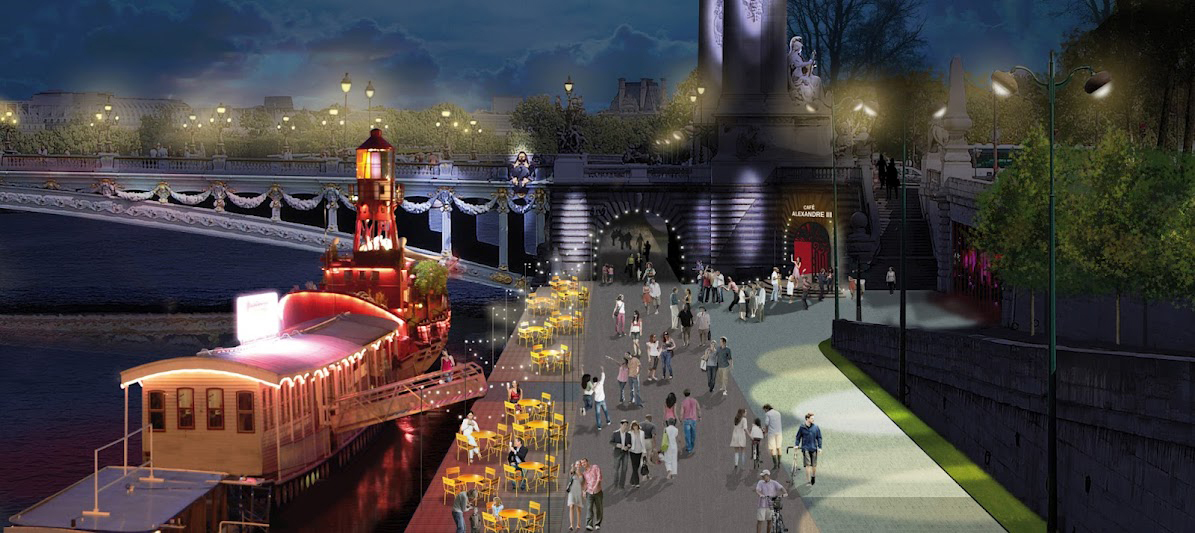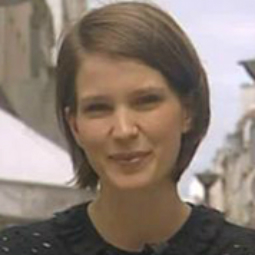Where no cars go: Paris’s pedestrianised motorway
Taking a solo trip in a Parisian taxi can be a hazardous enterprise. The only way to protect yourself from the obligatory and incessant chatter with the driver is to feign sleep. Surreptitiously open one eye, and you’re in for a lengthy rant.
The themes come and go. I’ve been told that French people are good-for-nothing lazies who sponge off the state; that the British cheated to get the Olympic Games in London; that Parisian locals are planning to take on the Chinese mafia... I’ve even been informed that I was presently travelling through the tunnel where Princess Diana breathed her last: “I tell that to all my English customers!”
Nice one, cabbie.
But for the last few weeks, I have been told about only one thing. Admittedly, the same thing, over and over again, but it’s one, non-xenophobic, non-sexist, non-offensive thing. It’s the government project to pedestrianise Paris’s inner-city, riverside motorway, which taxi drivers argue is the latest ploy to frighten cars off ever-narrower, ever-busier roads.

The plan (as illustrated above) was hatched two years ago by Paris mayor Bertrand Delanoë. It’s not the first time he’s got taxi drivers’ hackles up by invading their personal space. During his 11-year reign, he’s fattened and lengthened cycle routes, pedestrianised traffic-choked squares and overseen the construction of three grassy tram routes built smack-bang in the middle of formerly car-friendly avenues. Delanoë also launched the hugely successful ‘Vélib’ bike rental scheme in 2007, and followed it up with a car version, ‘Autolib’, last year. Autolibs are fitted with a breathalyser system to prevent impromptu drink driving. (If you’ve recently experienced the streets of Paris after the bars empty out on Saturday night, you’ll agree that the bikes should probably be equipped with the same technology.)
Blades over wheels
This time, the Socialist mayor is targeting the expressways that traverse the city’s east-west axis via the banks of the Seine, with almost no interruptions. They were proudly laid out in the 1960s by President Georges Pompidou, back when France was still car-crazy. But in 1991, the river banks were crowned a UNESCO World Heritage site, and environmentalists began a long campaign to “take back the Seine”.
Today, an initial 2.5-km stretch of the Left Bank will see tarmac and traffic lights replaced by restaurants, bars and potted plants. By the looks of the computer-generated plans (see video below), it’s going to be a very clean place filled with smiling rollerblade enthusiasts, well-behaved children and non-sweaty joggers.
But there's one problem. Some 1,000 cars per hour currently zoom onto the expressway at rush-hour, and with the closure of the tail-end, they will soon have to find an alternate route through the cobble-strewn capital, which American traffic researchers voted Europe’s most congested city in 2010.
Luckily, Delanoë has already found a solution to the problem, according to a government report revealed by Le Parisien on Thursday, .
So, is it underground tunnels, a car-sharing incentive, extra city-limits parking? Not quite. The mayor’s report reassures us that there will be very little excess traffic because approximately one in ten local commuters “will change their behaviour” over the next five years. Hmmm. By “change their behaviour”, are we expecting a sweep of lifestyle transformations, whereupon thousands of disillusioned drivers, tired of one-lane traffic jams, trade in their car keys for a pair of rollerblades?
So the taxi drivers were right – the government is scheming to scare people off the roads! That's no bad thing in the long term. Let’s just hope they don’t have to experience a road-rage induced nervous breakdown to get there.




12 Comments